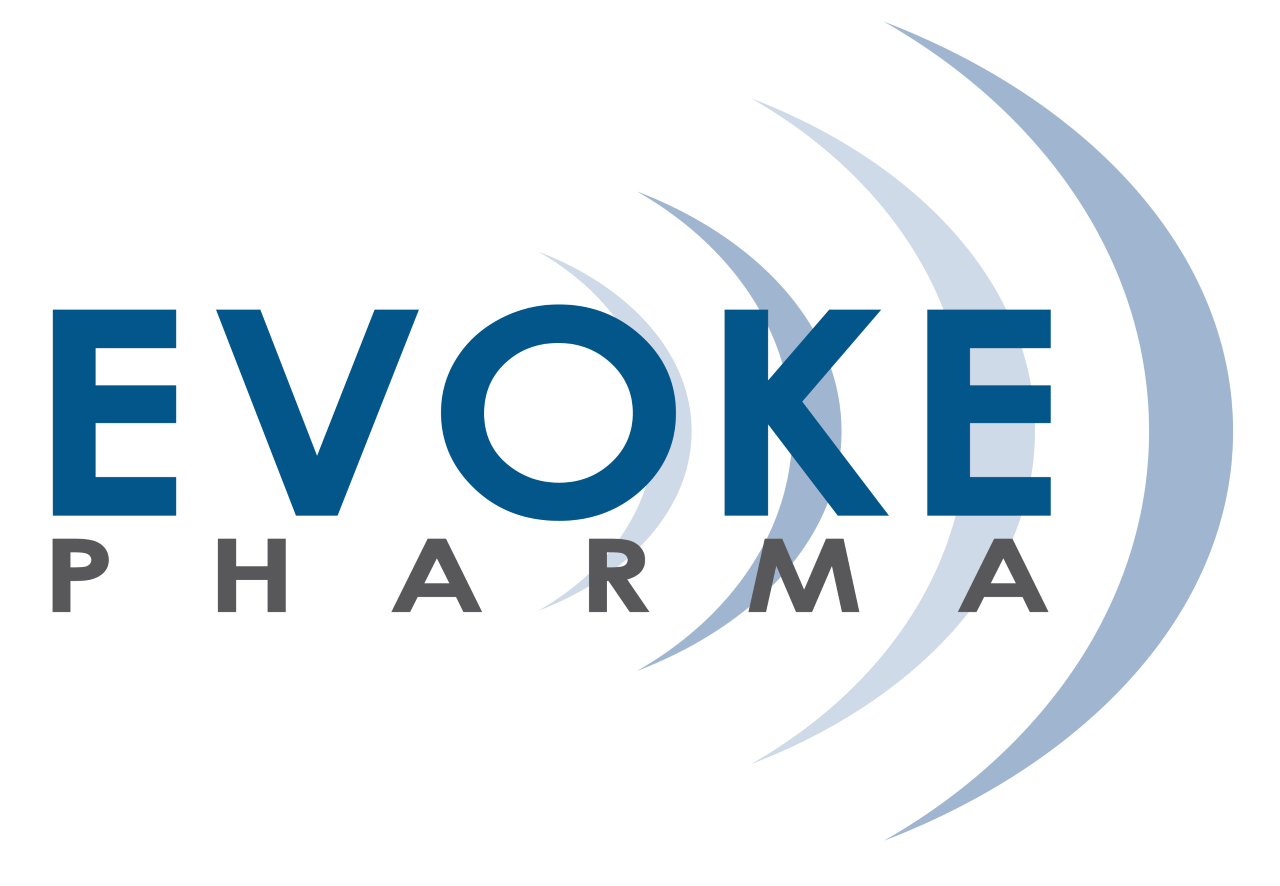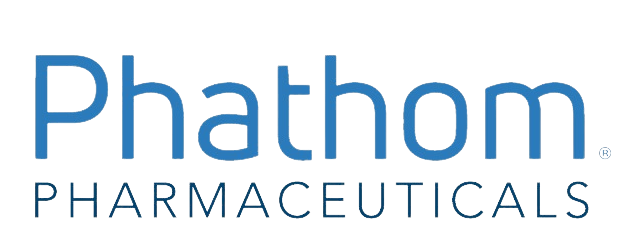There are more bacteria found in the human intestinal tract than there are human cells in our body. Most of these bacteria live in the large bowel (colon), while fewer stay in the small bowel. Small intestinal bacterial overgrowth (SIBO) is defined as an overwhelming number of bacteria in the small intestine, resulting in gastrointestinal (GI) symptoms.
The most common symptoms of SIBO are:
- abdominal bloating (a sensation of fullness in the belly),
- distension (an uncomfortable swelling in the intestines that causes the abdominal area to visibly expand),
- a change in bowel habits (changes in how the bowel movement (BM) looks and/or how often you have BM,
- excessive belching and/or burping, and
- flatulence (gas).
We now know that there are multiple types of SIBO depending on which gases are created in excess. Both hydrogen-predominant SIBO as well as hydrogen sulfide-predominant SIBO are associated with diarrheal-predominant symptoms.
Causes and Risk Factors of SIBO
Many different types of bacteria are involved in SIBO but Escherichia coli (E coli) and Klebsiella are the most common. Patients with SIBO have less bacterial diversity in their small bowel compared to healthy people.
Certain conditions can cause a decrease or stop movement in the small intestine. When this happens, the chance of developing SIBO, or small intestinal bacterial overgrowth, increases.
Some of these conditions include:
- Changes in the shape of the intestines due to surgeries
- Small pouches in the small intestine called diverticula
- Narrowing of the intestines from inflammatory bowel disease or previous surgeries
- Rheumatologic diseases that affect the intestines
- Diabetes
- Scar tissue in the abdomen from previous surgeries
- Severe constipation
Medications and a past episode of food poisoning can also affect the movement of the small intestine.
Diagnosis of SIBO
There are multiple ways of diagnosing SIBO. One way is to remove some fluid from part of the small intestine closest to the center (either duodenum or jejunum) during an upper endoscopy. This fluid is then cultured, meaning the bacteria in the fluid is grown and studied. If more than 1000 colony-forming units per milliliter (CFU/mL) are seen, the patient has SIBO. There are, however, several limitations with this procedure and test. Most bacteria found in the small intestine are not able to be cultured on routine laboratory testing. The small intestine is also the longest portion of the gastrointestinal tract. Negative cultures from one portion of the small intestine may miss SIBO found other parts.
A much more accessible, non-invasive method of diagnosing SIBO is with a carbohydrate breath testing. In this test, the person drinks a beverage containing lactulose or glucose, and then is asked to breathe out into a bag at regular intervals so that the breath is analyzed at different points during the digestion process. Raised levels of hydrogen in the breath indicate improper digestion. SIBO can be diagnosed if there is an excessive rise in hydrogen or hydrogen sulfide gas, over baseline, within 90 minutes.
Treating SIBO
- Antibiotics: The bulk of treatment for SIBO is with antibiotics. Rifaximin (Xifaxan ®) is a gut-specific, non-absorbed antibiotic commonly used. There are also other antibiotics, as well as combinations of antibiotics, that may be used.
- Diet: For patients who do not respond to antibiotics, an elemental diet can be used. An elemental diet consists of proteins, fats, and carbohydrates that are broken down into amino acids, short-chain triglycerides, and short-chain maltodextrins, and combined with vitamins, minerals and electrolytes to form a powder. This powder is mixed with water and used as a meal replacement. The Elemental diet can be quickly absorbed by the small intestine, essentially depriving small bowel bacteria of sustenance, while still nourishing the individual. When utilized as a treatment for SIBO, patients typically remain on the elemental diet for 2-3 weeks.
- Herbal: Some patients prefer using herbal remedies to treat their SIBO, but there is limited evidence to support that this may be helpful.
Long-term Management of SIBO- Low Fermentation Diet
Once SIBO has been successfully treated, many patients remain symptom-free for 6 months or longer. For those patients who have recurrent episodes of SIBO, a Low Fermentation Diet to aid in symptom management is typically recommended.
The Low Fermentation Diet is a somewhat restrictive eating plan that allows patients to consume easily digested starches and sugars. It limits fermentable carbohydrates that can feed bacteria. Patients need to reduce fiber, fructose (natural sugar found in fruit), and lactose (sugar in milk). Meat, fish and other sources of protein are allowed as well as easy-to-digest carbohydrates. This includes rice, potatoes, and sweet potatoes.
It is important to fast for at least 4 hours between meals. It is during these times of fasting that the small intestine’s own nervous system initiates housekeeping waves, otherwise known as phase III of the migrating motor complex. These housekeeping waves work to clear the debris in the small intestine in between meals, reducing the food available for bacteria.

Some patients may have recurrence of SIBO despite lifestyle and dietary modifications, requiring multiple courses of antibiotics per year. These patients may benefit from medications that increase the housekeeping waves of the intestinal tract, particularly the small intestine.
They may find relief from one of the following:
- Prosecretory Agents/Secretagogues: This is a class of drugs which increase fluid secretion and movement in the GI tract. These drugs also can improve pain, discomfort, and bloating. Currently there are three (3) FDA approved treatments in this class: lubiprostone, linaclotide, plecanatide.
- Prokinetics: These drugs increase the frequency of contractions in the GI tract, which may improve gut motility and stomach emptying. Currently there are two (2) FDA approved treatments in this class: prucalopride and tegaserod.
Intestinal Methanogen Overgrowth (IMO) and Small Intestinal Fungal Overgrowth (SIFO)
Patients who are at risk for SIBO may also be at increased risk for two similar conditions, intestinal methanogen overgrowth (IMO) and small intestinal fungal overgrowth (SIFO).
Intestinal methanogen overgrowth occurs where there is an excess of intestinal methanogenic (methane producing) archaea. These microorganisms are similar to bacteria and produce methane gas. Methane gas has been shown to prolong intestinal transit time, so it is not surprising that those patients with intestinal methanogen overgrowth tend to be constipated. IMO can be diagnosed using a breath test to detect excessive levels of methane.
Small intestinal fungal overgrowth (SIFO) occurs when there is excessive fungus in the small intestine. It can present similarly to SIBO, and likely has similar risk factors; however, cannot be detected on a breath test. The only way to definitively diagnose SIFO is to identify fungi on small bowel aspirate (a lab test to check for infection in the small intestine). If seen, however, this can be treated with antifungals.
Physician Introduction on Small Intestinal Bacterial Overgrowth (SIBO)

Watch Dr. Darren Brenner speak about small intestinal bacterial overgrowth during IFFGD’s 30th Anniversary Norton Patient Education Series
Full event details, including presentation descriptions, and speaker bios here.
Adapted from IFFGD publication #284 Small Intestinal Bacterial Overgrowth (SIBO) By: Bianca Chang, M.D., Assistant Professor, Assistant Medical Director, GI Motility Program and Edited by Ali Rezaie, M.D., M.Sc, Associate Professor, GI Motility Program, Karsh Division of Gastroenterology and Hepatology, Cedars-Sinai Medical Center, Los Angeles, California
This Fact Sheet is being provided in part by bioMérieux and Seres Therapeutics and donors of IFFGD.














